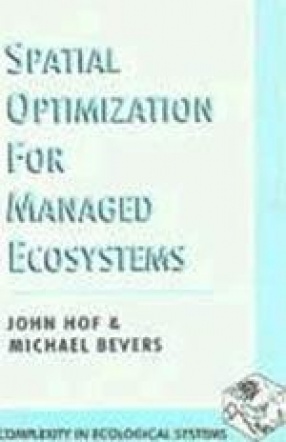Spatial optimization is a methodology used to maximize or minimize a management objective, given the limited area, finite resources, and spatial relationships in an ecosystem. Optimization approaches can be used to evaluate a great variety of options and allow tradeoff analyses that might be impossible with other methods. This book presents ideas and methods for directly optimizing the spatial layout of the landscape features in which an ecosystem functions. The first of four parts treats static spatial relationships that reflect the importance of shape, size, and proximity within an ecosystem. Part 2 considers spatial autocorrelation in a chance-constrained modeling framework. Part 3 discusses dynamic spatial changes within modeled ecosystems, and the final section focuses on diversity and sustainability. Although most discussion concerns wildlife habitat issues, the authors also include chapters on recreation, timber management, water runoff, and pest management. Spatial Optimization for Managed ecosystems is the ideal introduction to spatial optimization theory and technique for landscape ecologists, forest managers, conservation biologists, and students of ecology and resource management.
Spatial Optimization for Managed Ecosystems
In stock
Free & Quick Delivery Worldwide
reviews
Bibliographic information
Title
Spatial Optimization for Managed Ecosystems
Author
Edition
Reprint
Publisher
ISBN
8121102766
Length
xx+258p., Tables; Figs.
Subjects





There are no reviews yet.